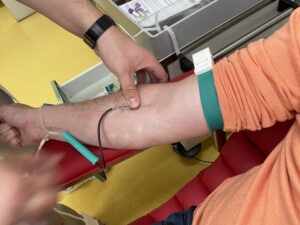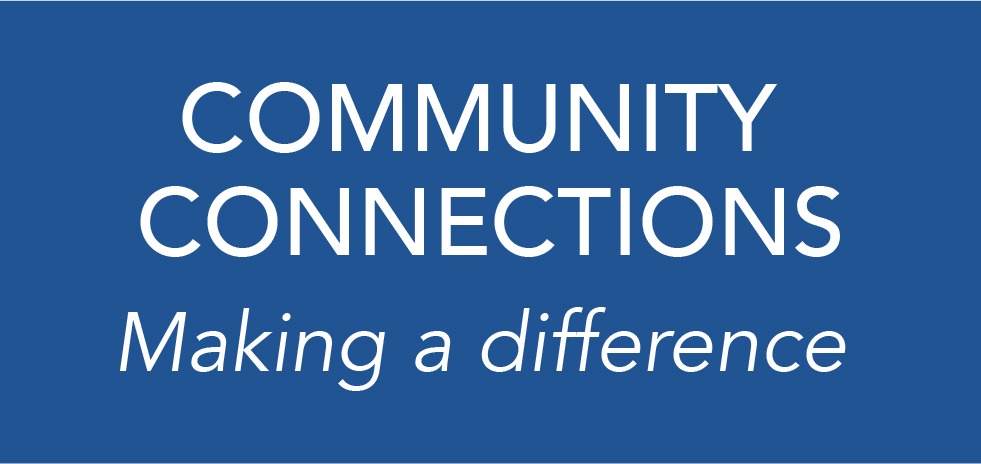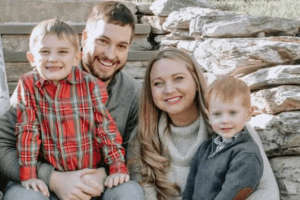In 2011, Sean Duffy and Adrian James were sitting in San Francisco’s Dolores Park debating what to call some workers at the company they founded, Omada Health. Their company provided virtual treatment for chronic conditions. The company addresses the conditions through a team of employees — some traditional clinicians and others meant to give encouragement to patients as they manage the day-to-day of hypertension, pre-diabetes, and other conditions. This second group was crucial, they thought. The founders ended up asking patients what title to use. Was this person a “concierge”? Patients thought that sounded like someone who helped with their bills. A “guide” to what destination? The founders settled on “coach.” Patients liked the term: It suggested someone who could give support and make them “feel less alone,” Duffy said, as they dealt with their health challenges. This decision was an early marker in an eventual tech company trend. Since then, dozens of similar startups focused on health coaching have emerged, often backed by big bucks. A review— of news releases, the industry database Crunch-base, and sites like LinkedIn — found nearly 50 companies with almost $7 billion in venture capital funding.
These startups offer people or software to provide motivation, direction, or moral support for managing what goes awry with the human body, including chronic conditions, musculoskeletal ailments, obesity — even attention-deficit/hyperactivity disorder, and eczema. Business models vary. Some startups take payments directly from consumers; the “anti-diet” app Wellory asks for $45 a month. Other startups get monthly per-member funding from companies to offer regular coaching for their employees. Some services tout 24/7 access and average connection times of 60 seconds. With some, coaches escalate serious issues to more highly credentialed clinicians. The enthusiasm behind coaching is, on its face, a curious turn for an industry that likes to boast of its billion-dollar pills and spooky-sophisticated artificial intelligence. “As these digital health startups got going, they realized technology is not enough to drive change,” explained Michael Yang, the managing partner at investors OMERS Ventures, who has invested in coaching startups. Patients might need to eat better, follow the physical therapy plan, talk through emotional turbulence, and more. Coaches — whether they’re people or software — can support patients between formal visits to the doctor. That kind of encouragement can be important for sticking to a care plan— a critical thing in a world where good habits mean a lot for keeping healthy. Whether a patient needs a team to assist with the physical aspects of recovering from orthopedic surgery or help avoid triggers for behavioral health conditions, these coaching companies are an app or a website away.
“The model has become extremely de rigueur,” Yang said. At many startups, coaches are “doing the lion’s share of the labor.” Still, many people in the health care industry are ambivalent about this trend. Some think it adds a human touch to a part of the economy that can be defined by brusque doctors and incomprehensible bills. Others wonder whether it’s simply a way to leverage cheap labor. Supporters say coaches get deeply involved, even performing tasks that would go undone otherwise. “We need alternative workforces to fill in some of these gaps,” said Omada’s Duffy. At Omada, coaches wear a lot of hats: They review glucose data while tracking patients’ lifestyle changes and can provide empathy in a way that other people in the health care system aren’t providing. Coaches are “folks who ask questions before casting judgments,” Duffy said.
Giving by-the-book care to people with diabetes — or others with chronic conditions — requires many more workers than the health care system has, Duffy, said. So a coach — whose salary is typically in the tens, rather than hundreds, of thousands of dollars — looks like a solution for many startups. “‘Coaching’ is a way to avoid having to have clinical licenses or FDA approvals,” Bob Kocher, an investor at Venrock, wrote in an email. “It allows you to start serving patients way faster.”
Coaches already play a role in established institutions. Dr. Pushpa Raja, a psychiatrist in the Department of Veterans Affairs, said peers play a prominent role at the VA. Often, people with a given condition interact with veterans who have the same disease. “They can relate to patients in a different way,” she said. “They can cheerlead patients towards goals. They can coach patients in planning out and strategizing.” They’re also integrated into a team with psychiatrists and primary care physicians, which means they can pass on observations — for example, if someone’s depression is getting worse over time. Some observers of health coaching startups are concerned they don’t have the same ability. Coaches might be able to “do a lot of the minutiae that are annoying” to doctors, said Liz Chiarello, a sociologist at Saint Louis University in Missouri who studies medical organizations, but a surge in these workers could “fragment our health system even further.” A behavioral health coach at a given startup might need to elevate an issue to a
psychiatrist or primary care physician — and whether the startups’ coaches have tight links with institutions that offer the next-level expertise is often unclear. What’s more, coaches might not be trained well — and might be serving too many patients to do much good. “I cringe when I get startups who are like, ‘We’re going to hire 100 people and train them for two weeks,’” said Yang. “You’re not going to learn anything in two weeks.” For some companies’ training, “it’s pretty scary, the lack of rigor and depth,” he said.
Coaching qualifications may not be all they appear, either. Wellory promises to match users to a nutrition coach after they take a quiz. Those coaches, in turn, suggest healthy foods for users. But some quiz-takers — like Dr. Seth Trueger, a Northwestern Medicine emergency room doctor; and a reporter — were matched with a coach who described herself as “RDE,” short for “registered dietitian eligible.” It’s a term for nutritionists who have completed most but not all, of the requirements necessary to qualify as a registered dietitian. But RDE is not a professional designation, according to the Commission on Dietetic Registration, and anyone using it should stop “immediately.” The commission is the credentialing agency of the Academy of Nutrition and Dietetics, the trade group for food and nutrition professionals. Wellory removed the reference after KHN contacted the company about the issue.
Yang said some startups think of coaches as almost a “call center model,” with plans to hire dozens of coaches who support tens of thousands of patients. Some startups are indeed using small teams. Take Homethrive, a new company fresh off raising $20 million to support caregivers for older adults or other patients. The company aims to use a combination of tech tools and social workers to provide caregivers with everything from emotional support and connections to recommendations for wheelchairs and walkers.
David Grabowski, a professor at Harvard Medical School who specializes in aging and long-term care, said there’s a huge opening for these companies to fill. Caregivers may be unsure about how to complete certain daily tasks, like bathing or picking up patients. But, just as much, “it’s the loneliness, it’s the feeling you’re in this by yourself,” he said. Still, Home-thrive is relying on a small workforce. The company serves about 20,000 members, co-founder Dave Jacobs said. It currently employs 40 social workers who deliver “episodic” support during the “most intense” situations, like deciding whether to move patients into homes, Jacobs said. For everyday situations, it relies on technology to connect patients to resources.
Grabowski has questions about such models. “I definitely wonder if 40 social workers is sufficient” to handle such situations, he said.
Coaching startups are an extremely heterogeneous field. Yang said that he has seen startups that do coaching well but that he’s unsure how much benefit the public is deriving. “Are we doing the population a good service at the end of the day?”





































